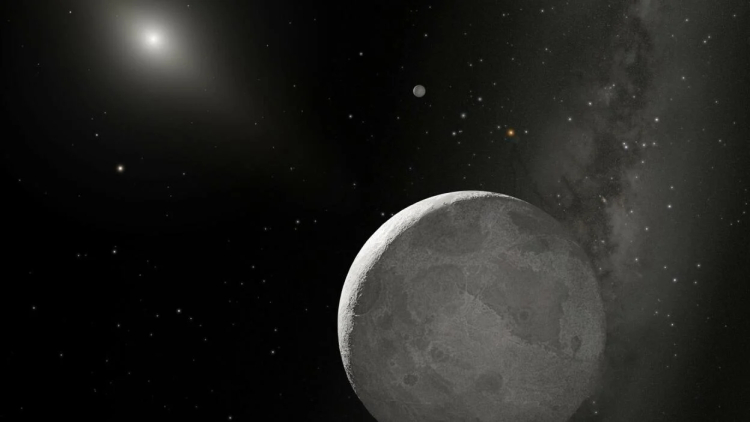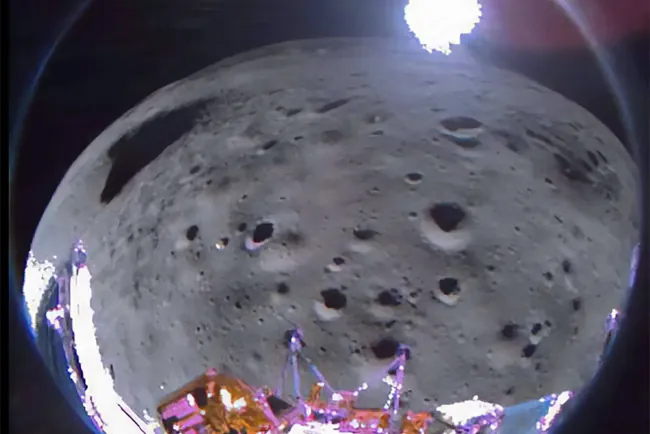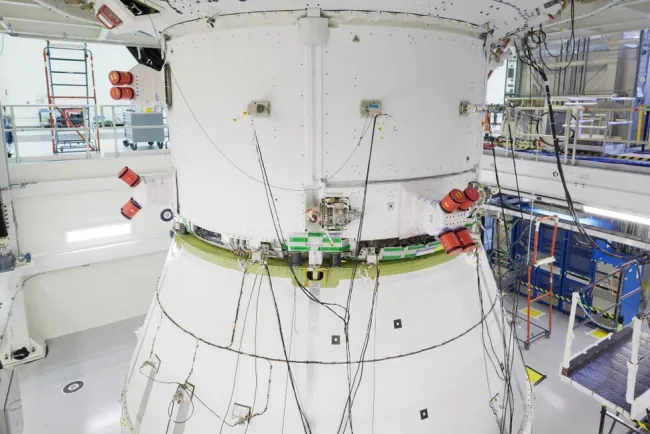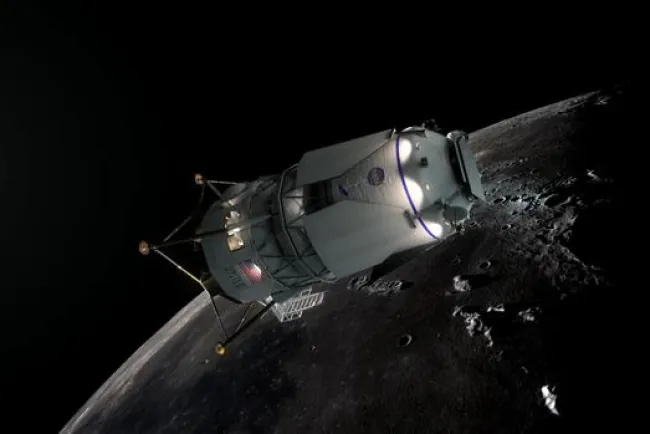Uncovering Activity in Space's Frozen Frontier of the Kuiper Belt
Webb Telescope's Unexpected Discovery in the Solar System's Outskirts

-
Introduction
- Brief overview of the James Webb Space Telescope's mission
- Initial expectations for the Kuiper Belt exploration
-
The Kuiper Belt Unveiled
- Description of the Kuiper Belt's location and significance
- The general perception of the Kuiper Belt before the Webb telescope findings
-
James Webb Space Telescope: A Revolutionary Tool
- Technical capabilities and advancements of the Webb telescope
- Its role in exploring distant celestial bodies
-
Eris and Makemake: Beyond Frozen Frontiers
- Overview of Eris and Makemake as the largest-known Kuiper Belt objects
- Historical understanding of these distant worlds
-
Unexpected Activity in a Frozen Realm
- Discovery of signs of activity on Eris and Makemake
- The significance of these findings in the context of solar system exploration
-
Methane Mysteries: Signs of a Dynamic Past
- Detailed findings of methane on the surface of Eris and Makemake
- Implications for the internal composition and history of these objects
-
Implications for Astrobiology
- The potential for liquid water and habitable conditions
- Comparison with other icy moons and bodies in the solar system
-
Challenges and Opportunities in Deep Space Exploration
- Technical and logistical challenges of exploring the Kuiper Belt
- The potential for future missions and research
-
The Role of Advanced Telescopes in Future Discoveries
- How the Webb telescope and future instruments can transform our understanding of the solar system
- The importance of continuous innovation in space technology
-
Comparative Analysis: Kuiper Belt vs. Main Asteroid Belt
- Differences and similarities between the Kuiper Belt and the main asteroid belt
- What these regions tell us about the solar system's formation and evolution
-
The Evolutionary Tale of the Solar System
- How discoveries in the Kuiper Belt contribute to the story of the solar system's history
- The role of primordial objects in understanding planetary formation
-
Future Prospects: Missions to the Kuiper Belt
- Potential future missions to explore Eris, Makemake, and other Kuiper Belt objects
- The scientific objectives and dreams of future Kuiper Belt exploration
-
The Webb Telescope's Legacy
- Reflecting on the broader impact of the Webb telescope's findings
- The telescope's contribution to space science and our understanding of the universe
-
Public Interest and Engagement in Space Exploration
- The role of significant discoveries in sparking public interest and support for space exploration
- Educational and outreach opportunities stemming from Webb telescope findings
-
Environmental Conditions in the Kuiper Belt
- The unique environmental conditions of the Kuiper Belt and how they affect celestial bodies
- Comparison with other regions of the solar system
-
Technological Innovations and Future Telescopes
- Upcoming technological advancements and their potential impact on space exploration
- Future telescopes and missions that could build on the Webb's discoveries
-
The Search for Life Beyond Earth
- The implications of the Webb telescope's findings for the search for extraterrestrial life
- The criteria for habitability and the potential of icy worlds in the Kuiper Belt
-
Conclusion
- Summary of the Webb telescope's contributions to our understanding of the Kuiper Belt
- The future of space exploration and the quest for knowledge beyond our solar system
Webb Telescope's Groundbreaking Discovery in Our Solar System's Outer Realm
The Webb Telescope has illuminated the depths of our solar system's outer reaches, revealing that the icy worlds of the Kuiper Belt, such as Eris and Makemake, are far from dormant. This discovery challenges our perceptions and opens up new avenues for exploration.
Introduction
The James Webb Space Telescope, an unparalleled observatory in space, has embarked on a mission that stretches to the very edges of our solar system. Positioned over a million miles from Earth, this sophisticated instrument was designed to peer into the cosmos's oldest and most distant regions. Yet, it's within our own solar system that the Webb Telescope has made an unexpected and exciting discovery: the icy, seemingly inactive worlds of the Kuiper Belt are showing signs of unexpected activity.
The Kuiper Belt Unveiled
The Kuiper Belt is a vast, donut-shaped region that lies beyond Neptune's orbit, home to millions of icy objects, including dwarf planets like Pluto. This area, often thought of as a frozen graveyard of the solar system's early history, has remained largely mysterious to astronomers. However, the James Webb Space Telescope's recent observations have shed new light on this dark, cold region, revealing that its inhabitants are not as lifeless as once thought.
Eris and Makemake: Beyond Frozen Frontiers
Focusing its gaze on Eris and Makemake, the largest known objects in the Kuiper Belt, the Webb Telescope utilized its advanced capabilities to analyze these distant worlds. Equipped with state-of-the-art cameras and sensors, the telescope detected signs of methane on their surfaces—a surprise to scientists, as these molecules suggest a dynamic history beneath their icy exteriors.
Unexpected Activity in a Frozen Realm
Christopher Glein, a scientist at the Southwest Research Institute, spearheaded the investigation into these Kuiper Belt objects. His team's research, published in the planetary science journal Icarus, reveals that the methane found on Eris and Makemake was likely "cooked up" more recently than their formation. This suggests that beneath their frozen crusts, these worlds may harbor hot interiors capable of driving liquid or gas to the surface, possibly even oceans beneath their icy shells.
Implications for Astrobiology
This revelation opens up the tantalizing possibility that these distant, icy worlds could have conditions suitable for life, with hot cores hinting at the potential for liquid water beneath their surfaces. While evidence of life is yet to be found, the discovery significantly impacts our understanding of the solar system's outer reaches and the potential habitability of celestial bodies billions of miles away.
The Role of Advanced Telescopes in Future Discoveries
The James Webb Space Telescope's findings in the Kuiper Belt highlight the crucial role of advanced observational technologies in uncovering the secrets of our universe. As we continue to explore the cosmos, instruments like the Webb Telescope will be instrumental in pushing the boundaries of our knowledge, challenging our assumptions, and uncovering the mysteries of the vast, unexplored spaces that lie beyond the familiar worlds of our solar system.
Conclusion
The Webb Telescope's exploration of the Kuiper Belt has opened a new chapter in our understanding of the solar system, revealing that even in the most remote and icy realms, dynamic processes are at play. As we look to the future, the promise of further discoveries beckons us to continue our quest for knowledge, driven by the insatiable human desire to explore the unknown.
What's Your Reaction?






















